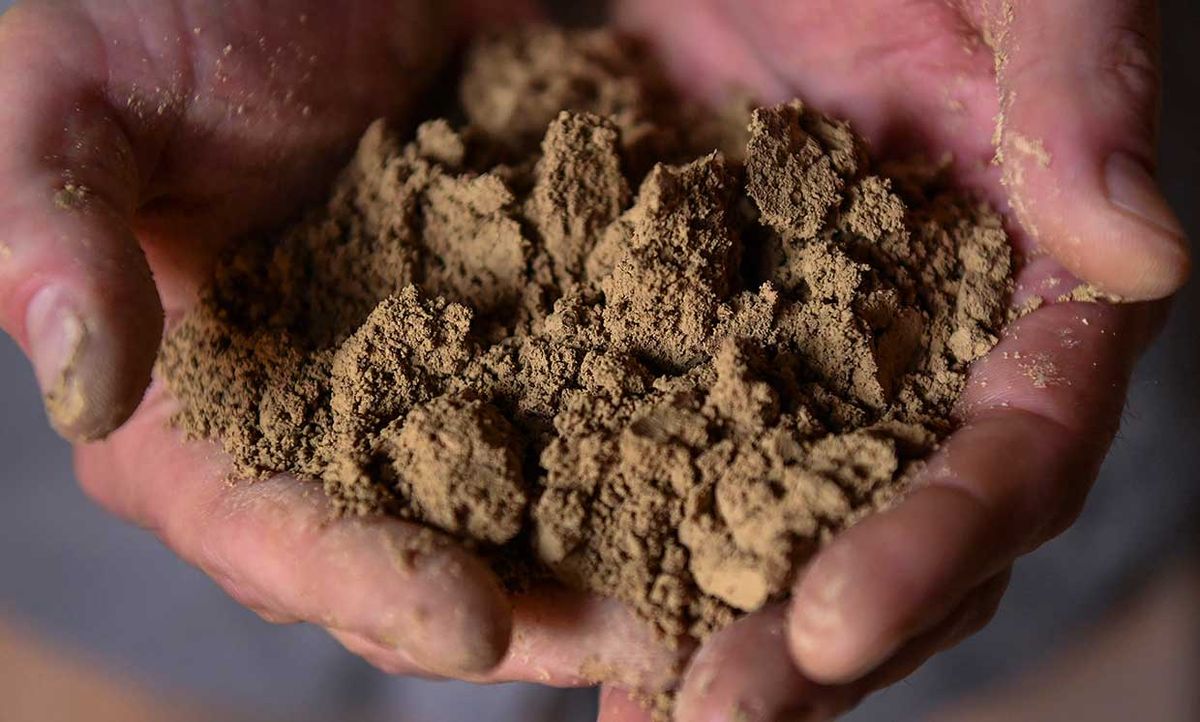You may not have realized it, but praseodymium, terbium, and gadolinium are as important to your work as the soldering iron, multimeter, and oscilloscope. Respectively, these rare earth elements (REEs) help make possible lasers and certain magnets, fluorescent lamps and sonar systems, computer memories and X-ray tubes.
There are seventeen REEs, and most of them play a special role in 21st Century living—several pounds of these compounds, for instance, are used in batteries for electric and hybrid vehicles. But the industry producing them is overshadowed by the fact it has become a monopoly of China, which is not shy about threatening to restrict REE exports when aggrieved.
Ironically, most REEs are not particularly rare. Rather, they are seldom found in concentrated amounts large enough to make them readily profitable to extract and refine. That wasn’t always the case. The Mountain Pass mine in California’s Mojave Desert was the world’s largest supplier of certain REEs from the 1950s to 1990s, supplying the needs of color TV makers and electronics manufacturers that supplied the U.S. defense industry during the Cold War. With the end of that war and the issuing of stringent government environmental regulations, the mine went out of business in 2002.
Meanwhile, China—a rich source of REEs—began to seriously develop technology for extracting, separating, smelting, and processing REEs in the mid-1970s. Less regulated and supported by the government, the country became a major REE exporter in the 1980s, going on to account for an astonishing 97 percent market share of all rare earth mineral production in 2010. Though China’s share has since decreased to around 70–80 percent, it has become the world’s largest consumer of REEs, in keeping with its spectacular growth in high tech manufacturing.
In a paper reviewing China’s REE policies from 1975–2018 published in Mineral Economics this January, the authors note that the Chinese government, in efforts to manage resources, reduce pollution and encourage the country’s industrial growth, asserted control over the REE industry in the 1990s. Export restrictions and production quotas were introduced and REE prices soared.
When the rest of the industrialized world woke up to their dependency, China reversed its strategy on REE prices, “keeping them low and making it difficult [for other countries] to compete,” says Kristin Vekasi of the University of Maine, interviewed last summer by the National Bureau of Asian Research, a think tank advising the U.S. government. Not only that, but ten years ago China used administrative regulations to evade breaking World Trade Organization rules when it halted exports of REEs to Japan, after a dispute erupted over islands in the South China Sea both countries claim. And last summer during the trade tariff dispute between China and the U.S., China’s official government newspaper People’s Daily raised the possibility of using REE exports as a way to pressure the U.S., while Chinese President Xi Jinping at the time notably called REES “an important strategic resource.”
The Japanese were quick to respond to the threat of blocked exports. The state and private sector collaborated to encourage recycling and diversification of REE supplies. “By late 2017, Japan was importing around 30% of its rare earth from Asian countries other than China,” notes Vekasi.

What’s more, in 2013 Japanese researchers discovered rich supplies of REEs in deep sea mud within Japan’s exclusive economic zone in the Pacific Ocean, 6,000 meters below the surface. Yasuhiro Kato, at the School of Engineering, University of Tokyo, who led the search, told IEEE Spectrum they estimate well over one million tons of certain REEs are distributed in the ocean floor sediment in the most promising area searched.
Kato adds that a government program is now underway to explore and retrieve the REEs. “For certain industrially important REEs such as yttrium and europium, more than three to ten times Japan’s annual demand can be supplied from this [single] area,” says Kato. “Even if a smaller amount of REE-rich mud can be developed, the project will significantly contribute to reducing Japan’s imports of REEs.”
As for the U.S. according to a 2016 report from the Department of Commerce, the country was “once self-reliant…for REEs, but has become nearly fully reliant on REE imports…primarily from China.” The report goes on to say that the Chinese near-monopoly and unilateral action over prices “has raised concerns with numerous U.S. Government institutions including Congress and the U.S. Department. of Defense.”
Subsequently, last November, the U.S. and Australia agreed to work together on securing REE resources and to support private industries in achieving that goal, and this January the U.S. signed a similar agreement with Canada.

So encouraged, a Chicago-NY financial group formed MP Materials to acquire the Mountain Pass mine in 2017 and has restarted operations using new equipment. Today, the company is producing 15 percent of the global supply of REEs—currently sent to China for processing—and plans to reopen its own processing facilities in 2022.
In research funded by the Department of Energy, Lawrence Livermore National Laboratory (LLNL), Pennsylvania University, and Idaho National Laboratory are jointly developing a new protean-based environment-friendly process to extract and purify REEs from low-grade sources, which otherwise require toxic chemicals to process. The bio-sourced compound known as Lanmodulin (LanM) “has an unprecedented appetite and selectivity for REEs,” Gauthier Deblonde, a staff scientist at LLNL, tells IEEE Spectrum. “And our collaboration has yielded a completely new and green process for REE extraction and purification.”
To date, the researchers have tested the process using electronic waste containing a broad range of impurities and now believe it will work with all 17 REEs. “Many alternative secondary sources containing REEs have remained untapped because there is no efficient method to extract them,” says Deblonde. “Our green LanM-based approach will open up various opportunities to produce or recycle REEs.”



